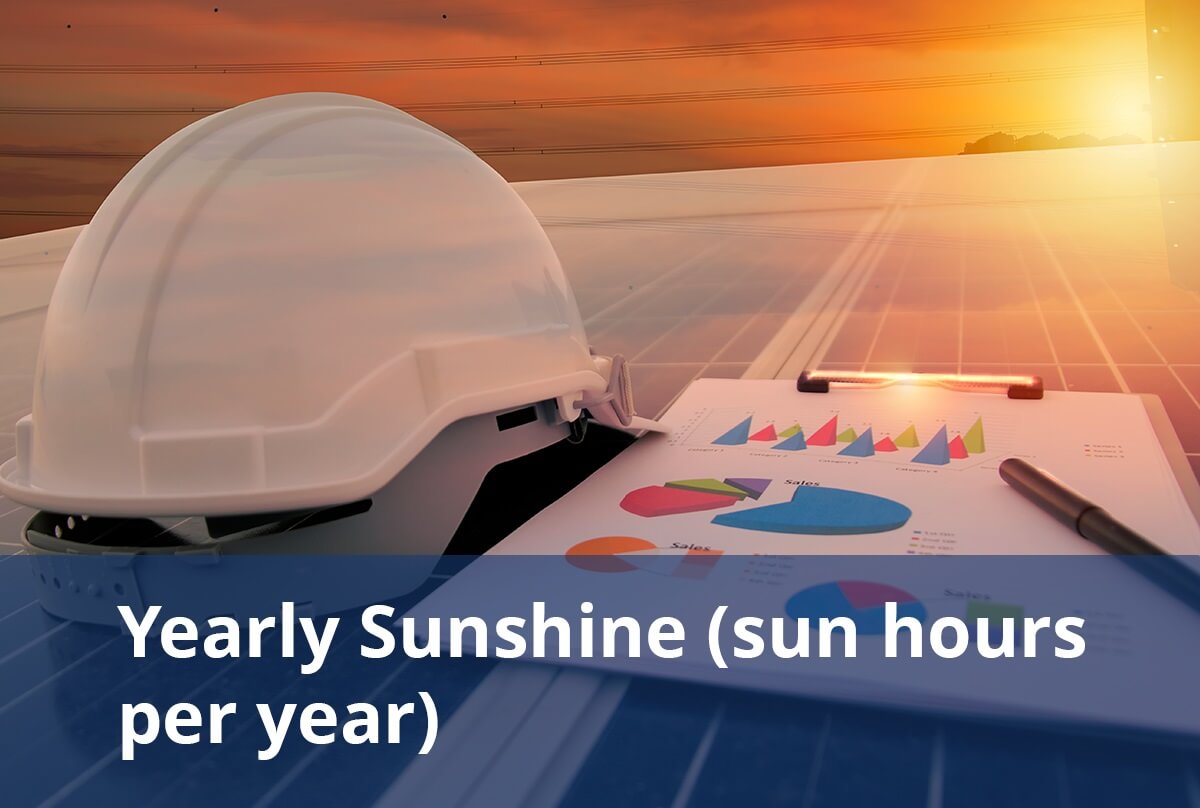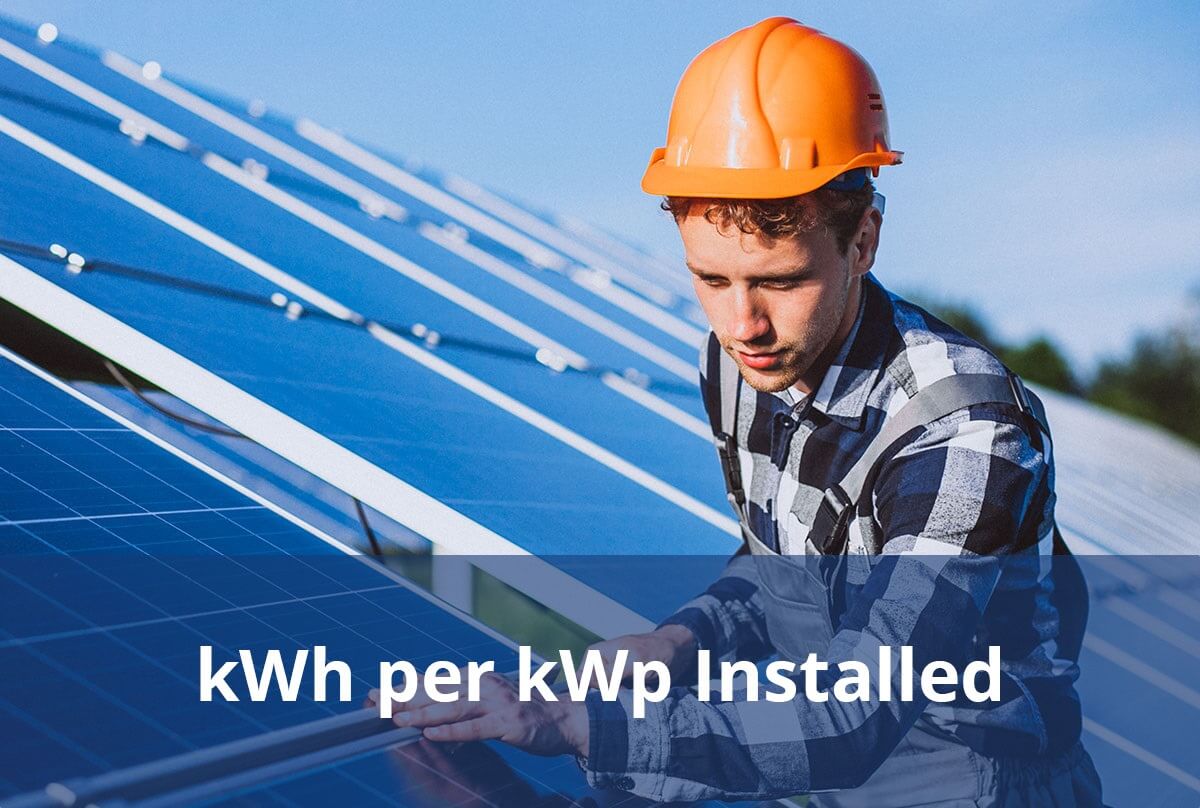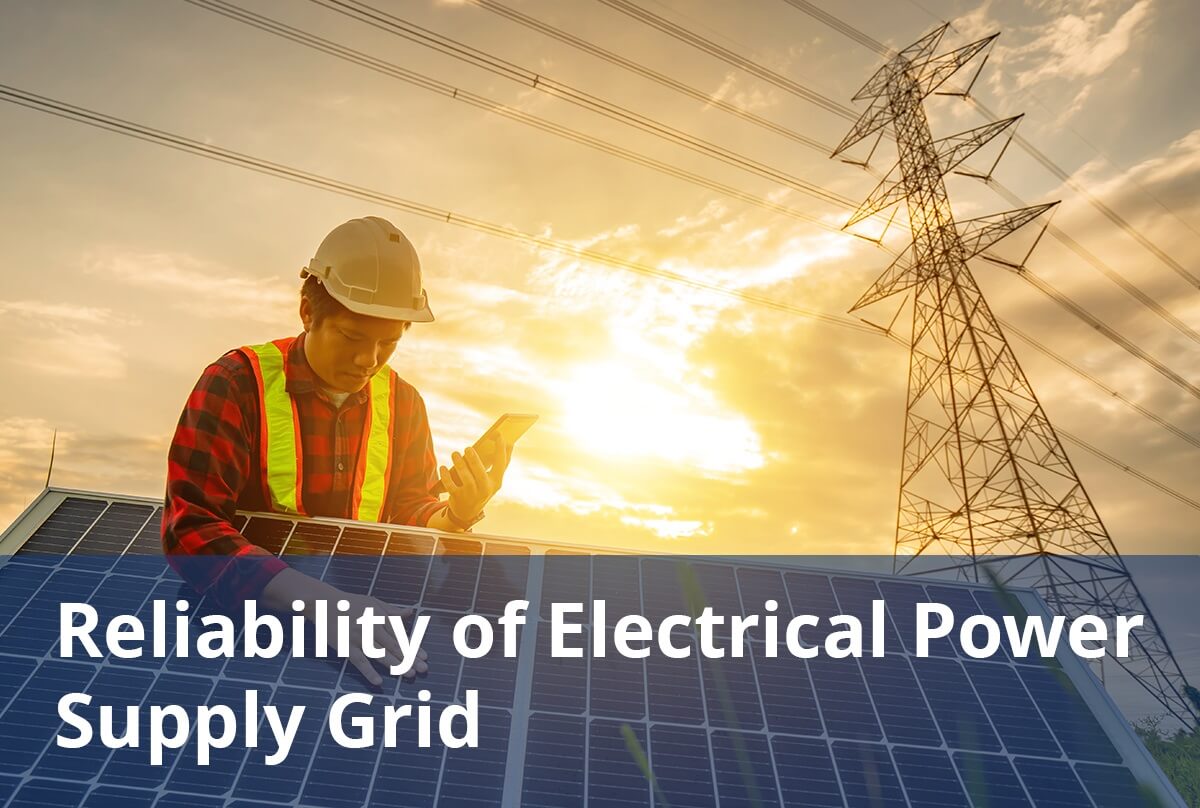Discover comprehensive insights into the statistics, market trends, and growth potential surrounding the solar panel manufacturing industry in South Africa
- South Africa gateway. (2019, October 6). South Africa’s weather and climate – South Africa Gateway. South Africa Gateway.Retrieved from https://southafrica-info.com/land/south-africa-weather-climate/
- Solar resource maps & GIS data (2021). Retrieved October 11, 2024. https://solargis.com/resources/free-maps-and-gis-data?locality=south-africa
- Business Tec (2024). How much prepaid electricity will cost in South Africa after the 2024 price hikes. https://businesstech.co.za/news/energy/744295/how-much-prepaid-electricity-will-cost-in-south-africa-after-the-2024-price-hikes/
- STATISTA. South Africa: share-of-individuals-with-a-reliable-supply-of-electricity. Retrieved from https://www.statista.com/statistics/1315878/share-of-individuals-with-a-reliable-supply-of-electricity-in-south-africa/
- Statista. (2024, April 5). Total solar energy capacity in South Africa 2013-2023. https://www.statista.com/statistics/1218115/south-africa-total-solar-energy-capacity/
- Wikipedia contributors. (2024, July 30). Solar power in South Africa. Wikipedia. https://en.wikipedia.org/wiki/Solar_power_in_South_Africa
- Green Energy Solutions. (2024, April 5). Standard Solar Power Systems – Green Energy Solutions. https://greenenergysolutions.co.za/standard-solar-power-systems/
- Wikipedia contributors. (2024, June 23). Energy in South Africa. Wikipedia. https://en.wikipedia.org/wiki/Energy_in_South_Africa
- Wikipedia contributors. (2024). South African energy crisis. https://en.wikipedia.org/wiki/South_African_energy_crisis
- SouthBlackridge Research. (2024). South African government launches 5 major upcoming solar power plants. Retrieved from https://www.blackridgeresearch.com/blog/latest-list-top-upcoming-solar-photovoltaic-pv-power-projects-plants-farms-south-africa
- Bizcommunity. (2023). Fewer than 4% of SA homes have adopted solar, but it is growing fast. Retrieved from https://www.bizcommunity.com/Article/196/715/244138.html
- Chandak, P. (2023, November 2). South Africa’s Solar Energy Landscape: 51 Stations Generating Over 2,700MW. SolarQuarter.Retrieved from https://solarquarter.com/2023/11/02/south-africas-solar-energy-landscape-51-stations-generating-over-2700mw/#google_vignette
- MyBroadband. All 51 solar farms providing power to South Africa. Retrieved from https://mybroadband.co.za/news/energy/509176-all-51-solar-farms-providing-power-to-south-africa.html
- MyBroadband. (2023). South Africa’s solar power plants — with over 4,400MW capacity. Mybroadband.co.za. Retrieved from https://mybroadband.co.za/news/energy/535243-south-africas-solar-power-plants-with-over-4400mw-capacity.html
- Technavio. (2024). Thankyou for your interest. Www.technavio.com. Retrieved from https://www.technavio.com/thankyou?report=IRTNTR72193&type=Request%20Free%20Sample&rfs=epd&src=report_sticky&pdfversion=2&freedemo=867084
- BusinessTechSA. (2023). How much money solar engineers and installers earn in South Africa. Retrieved from https://businesstech.co.za/news/business/722382/how-much-money-solar-engineers-and-installers-earn-in-south-africa/
- Worldometers (2024). South-Africa-population. https://www.worldometers.info/world-population/south-africa-population/
- South Africa – Energy. (2024, January 26). International Trade Administration | Trade.gov. Retrieved from https://www.trade.gov/country-commercial-guides/south-africa-energy
- Economic Infrastructure. (2015, February 4). National Planning Commission. Retrieved from https://nationalplanningcommission.wordpress.com/economic-infrastructure/#:~:text=South%20Africa%20has%20a%20relatively
- South Africa Energy Information | Enerdata. (2024, March 1). Www.enerdata.net. Retrieved from https://www.enerdata.net/estore/energy-market/south-africa/#:~:text=Total%20Energy%20Consumption&text=Electricity%20consumption%20per%20
- Soladmin. (2024, February 7). Laws governing solar installers in south africa – solar info. Solar info. https://solarinfo.co.za/laws-governing-solar-installers-in-south-africa/
- Smarte, M., Stephen OkiemuteAkpasi, MphathesitheMzwandileMkhize, Zhou, H., RanganaiTawandaMoyo, & Gaza, L. (2024). Renewable energy investments in South Africa: Potentials and challenges for a sustainable transition – a review. Science Progress, 107(2). Retrieved from https://doi.org/10.1177/00368504241237347
- National Regulator for Compulsory Specifications Act 5 of 2008 | South African Government. (n.d.). https://www.gov.za/documents/national-regulator-compulsory-specifications-act-0
- Government introduces renewable energy, solar tax incentive. (2023, February 22). SAnews. Retrieved from https://www.sanews.gov.za/south-africa/government-introduces-renewable-energy-solar-tax-incentive
- Jasper Solar Photovoltaic Power Plant – Power Technology | Energy News and Market Analysis. (2019). Www.power-Technology.com. Retrieved from https://www.power-technology.com/projects/jasper-solar-photovoltaic-power-plant/
- Carmen. (2021, December 13). Sishen Solar Facility, South Africa. Power Technology. Retrieved from https://www.power-technology.com/marketdata/sishen-solar-facility-south-africa/#:~:text=Sishen%20Solar%20Facility%20is%20a%20ground%2Dmounted%20solar%20project%20which
- Carmen. (2023, April 18). Power plant profile: Solar Capital Orange PV Park, South Africa. Power Technology.Retrieved fromhttps://www.power-technology.com/data-insights/power-plant-profile-solar-capital-orange-pv-park-south-africa/#:~:text=Solar%20Capital%20Orange%20PV%20Park%20is%20a%20ground%2Dmounted%20solar
- Ellichipuram, U. (2023, December 18). TotalEnergies starts solar hybrid project construction in South Africa. Power Technology. Retrieved from https://www.power-technology.com/news/totalenergies-construction-hybrid-project/?cf-view
- (2024). Massive solar farm launches in South Africa. Businesstech.co.za. Retrieved from https://businesstech.co.za/news/energy/768599/massive-solar-farm-launches-in-south-africa/#:~:text=It%20comprises%20one%20million%20solar
- SolarEyes International(2023, May 1). Top 10 Solar Companies in South Africa |. Retrieved from https://solareyesinternational.com/top-10-solar-companies-in-south-africa/
- SPS Africa | Unlock the Power of the African Sun | 2023 |. (2023). Sps.africa. Retrieved from https://sps.africa/
- About Solar Power Africa. (n.d.). Solarpowerafrica.za.messefrankfurt.com. Retrieved from https://solarpowerafrica.za.messefrankfurt.com/capetown/en/About_Solar_Power_Africa.html
- About BrightBlack Energy. (2013). Brightblack.co.za. Retrieved from http://brightblack.co.za/Pages/About-Us.asp
- Solar Design Engineer salary in South Africa – Average salary. (n.d.). Talent.com. https://za.talent.com/salary?job=solar+design+engineer
- Wage Indicator – South Africa https://wageindicator.org/salary/minimum-wage/south-africa
- Property Rent in South Africa. Retrieved from https://property.mg.co.za/industrial-property-to-rent
- Water Charges. Retrieved from https://johannesburgwater.co.za/wp-content/uploads/2021/08/2020-21-Water-Tariffs.pdf
- South Africa – Countries & Regions – IEA. (n.d.). IEA. https://www.iea.org/countries/south-africa/electricity
- Sarkodie, S. A., & Adams, S. (2020). Electricity access and income inequality in South Africa: Evidence from Bayesian and NARDL analyses. Energy Strategy Reviews, 29, 100480. https://doi.org/10.1016/j.esr.2020.100480








